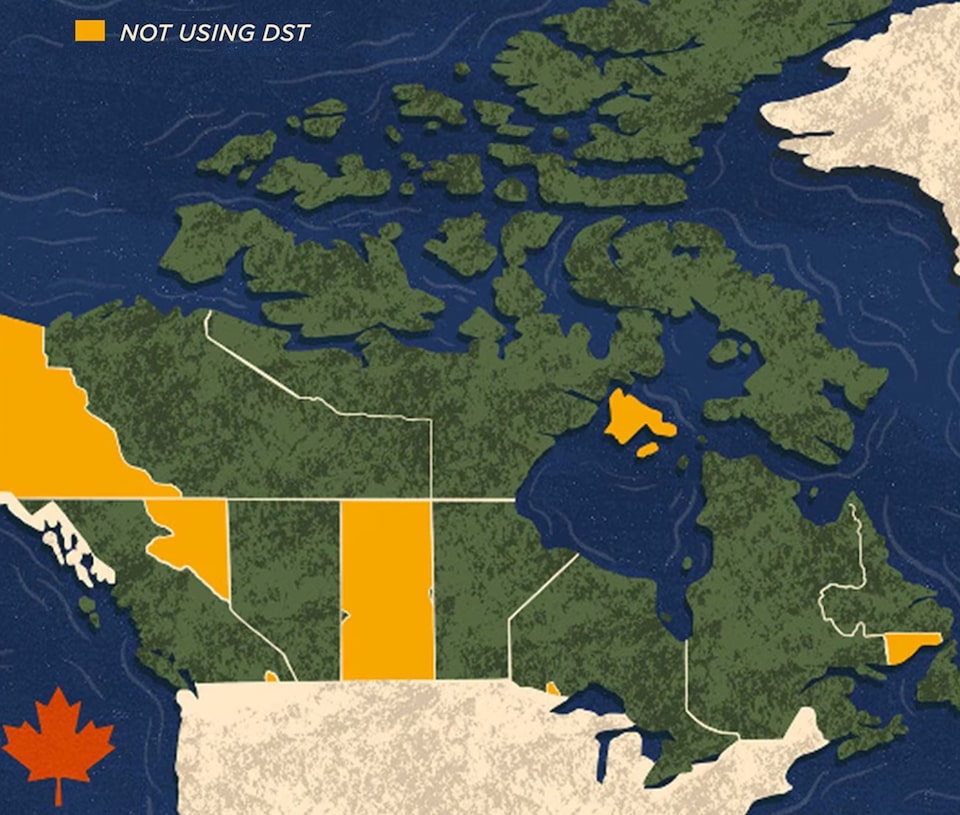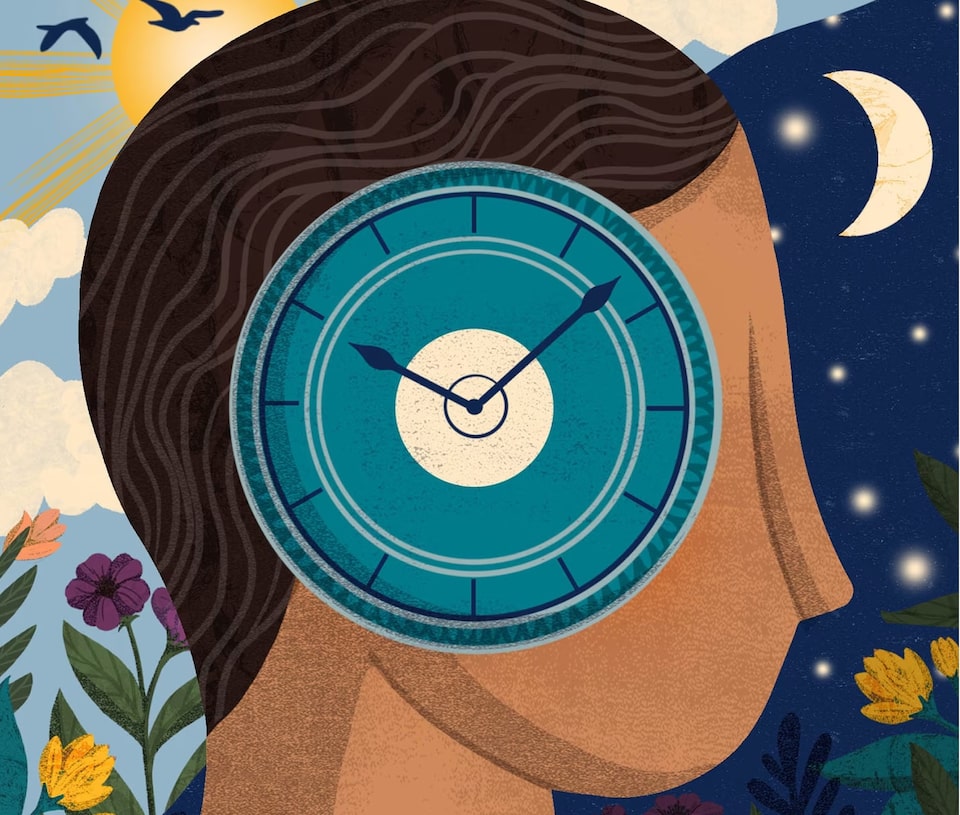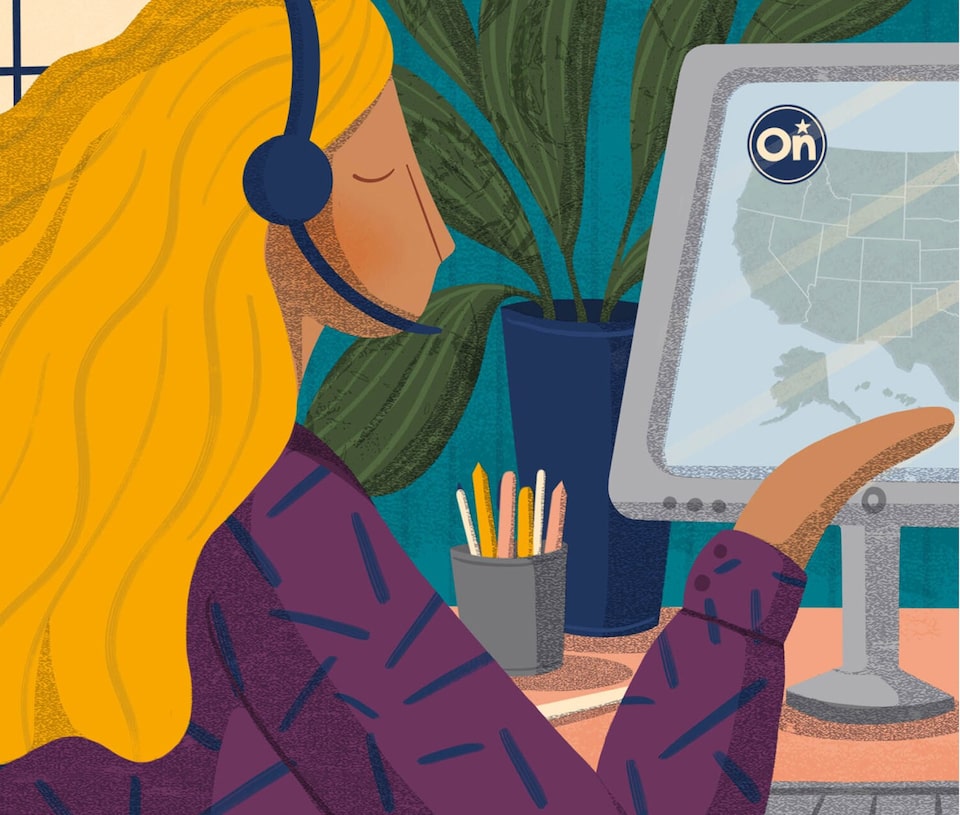Even with risks on the road, OnStar Members have some added peace of mind when they get behind the wheel. For instance, Automatic Crash Response* is activated if your vehicle detects you’ve been in a crash. An Emergency-Certified Advisor* can connect in to your vehicle, contact First Responders and provide them with your location. Advisors are also able to provide medical assistance until help arrives. And OnStar doesn’t just assist Members — you can be a Good Samaritan by pushing the red Emergency button* in your vehicle if you see someone else who needs help. If you get lost in the morning while it’s still dark out, you can also use Turn-by-Turn Navigation* to get to your destination. Plus, the OnStar Guardian™ app* provides key OnStar safety services for up to seven of your close friends and family, in or out of your vehicle.
It’s never easy to lose that hour of sleep with the beginning of daylight saving time. But following these tips, you’ll feel more prepared so you can spring forward to the best of your abilities, while minimizing the impact on your health, driving safety and sleep schedule.





